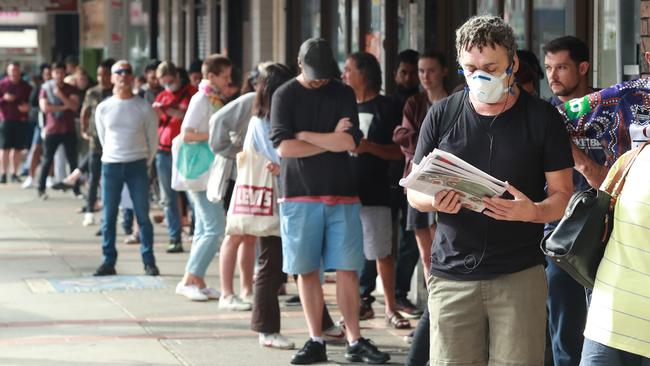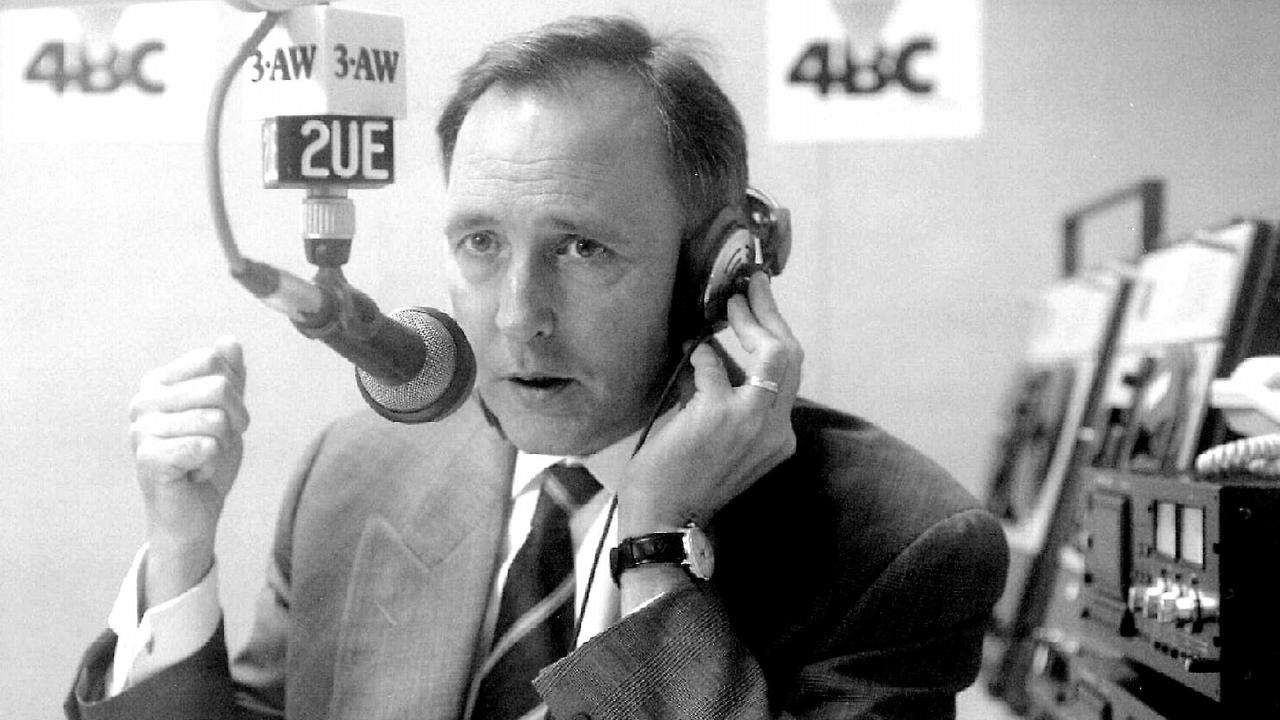Coronavirus: Our old way of life has gone for good
Our economy is not a bear. It cannot be sent away to hibernate. Let’s be brave enough to face up to reality.

Our economy is not a bear. It cannot be sent away to hibernate, only to be woken up later when a set of ideal, optimistic and imaginary circumstances come into being.
Our economy is not a train either. One driver does not have control, and this person cannot slow it down for a bit and then, later, drive it faster again until it is roaring.
No, everything is far more complex than that. Our economy, like our society, is mysteriously intertwined, intricate and complicated.
Our leaders are working tirelessly, their hearts are in the right place and their efforts are admirable. But never before has it been so apparent that our political class has a narrow range of life experiences; hardly any of them have ever employed anyone with their own money or run their own business.
COVID-19 is not a river that has suddenly cleaved our nation in two. We cannot build a bridge over it, out of borrowed money, for everyone to walk across — and there is no safe land on the other side.
Our old world is gone, and in its place is something new. Better to let go of the past, accept the future and work with what we have now. We will have to adapt, respond and evolve, always striving for continuous improvement. But most important, let’s be brave enough to face up to reality.
A vaccine may never arrive and, even if it does, most experts say that a 12 to 18-month timeframe is the best we can hope for. After this, there will have to be a rollout, with the neediest at the front of the queue. This, then, could mean a vaccine is two years away.
Yet we have been conditioned to prepare for a six-month window of lockdown, but hope for a shorter time. Even then, there is a push-back now against this timeframe, and agitation to loosen restrictions. This tension between these competing interests has seen the gap of the missing six to 12 months (or longer) ignored.
But a Harvard study just released in the journal Science should be read by everyone, even if it contains news that no one wants to hear. Lead author Stephen Kissler says the virus won’t be like others we have dealt with in recent times. It is unlikely to die out, the evidence shows. He says it is here to stay and that a one-time social-distancing period cannot work.
It appears the most likely outcome is that we will all have to contract it, but in manageable numbers and an orderly fashion so that our health system can treat us and give us the best chance of survival.
Managing the infection peaks is where the social distancing comes in, and the modelling presented shows that repeated periods of social distancing will be required into 2022, at least.
This timeframe seems quite realistic to me. We can hope for a sudden stroke of good fortune sooner, but this longer period is what we should be preparing for.
An honest national conversation about our medium to long-term prospects will be required. But before we can think of the future with hope and optimism, we should say goodbye to the past. We have to face the reality that our old way of life is gone for good.
However, since the virus struck, many are still clinging on, by their fingernails. Huddled in their homes, they’ve been ordering home delivery food and posting video content on social media of themselves doing bizarre things, like cooking badly, dancing in their underwear and having emotional meltdowns.
This week, pop singer Sam Smith shared a photo of himself sitting on the floor in his pyjamas, sobbing. It was taken inside his $23.4m mansion. On the internet, a viral video shows a lady from New Zealand filming herself sawing her own hair off with a bread knife.
Grief at loss is natural. However, the public wallowing on social media reflects the sad, pathological narcissism of our old lives; look at me, look at me, and if I am not able to do anything good for you to look at, then look at me doing something stupid.
In terms of living styles, our old world was focused on an inner-urban ideal with medium to high-density living, on smaller allotments with no gardens, offset by an abundance of nearby communal facilities and work.
In the new world, working from home will be much more common. So, will a residence that facilitates and necessitates constant travel away from it still be the ideal?
In the old world, despite the nation’s obsession with cooking shows on television, more than 36 per cent of all meals were consumed outside the home. In hindsight, this seems absurd, pointless and wasteful. In the new world, it will be downright dangerous.
Consider this; police now believe a kitchen worker with the virus on the Ruby Princess infected hundreds of people and to date, caused, 19 deaths.
I don’t know about you but I won’t be eating food prepared by anyone else for a very, very long time. Perhaps home cooking and eating in dining rooms may come into fashion again.
A new way of living will have to be built. It is regrettable, but not everything we have lost is worth regretting.
In fact, there is much to look forward to.



Pretence and delusion. One begets the other, and right now, in the public discourse, they are swirling around like a thick fog, causing bewilderment and preventing acceptance.